Building your own fireplace can be a fun, rewarding, and cost-effective project. Not only will you save money on installation costs, but you will also have the satisfaction of knowing that you built it yourself! In this guide, we will answer some of the most common questions about building fireplaces, and provide helpful tips to get you started. So gather your materials and let’s get started!
Building Zero-Clearance Fireplaces
Zero-clearance fireplaces are one of the most popular types of fireplaces. They are easy to install and can be placed almost anywhere in your home. If you’re looking for a fireplace that will make a statement, then a zero-clearance fireplace is the way to go. Here are some things to keep in mind when building a zero-clearance fireplace:
- Make sure that you have the correct dimensions for your space. Zero-clearance fireplaces come in a variety of sizes, so it’s important to measure your space before you purchase one.
- Choose the right type of fuel. The most common type of fuel for zero-clearance fireplaces is natural gas, but there are also models that use propane or wood.
- Make sure that the area around the fireplace is clear of any flammable materials. This includes carpets, curtains, and furniture.
- Follow the instructions that come with your fireplace carefully. Every model is different, so it’s important to read the manual before you begin installation.[1]
How Zero Clearance Fireplaces Work
Zero clearance fireplaces are specially designed for homes that don’t have a traditional masonry fireplace. They can be installed almost anywhere in your home, as long as there’s an electrical outlet nearby.
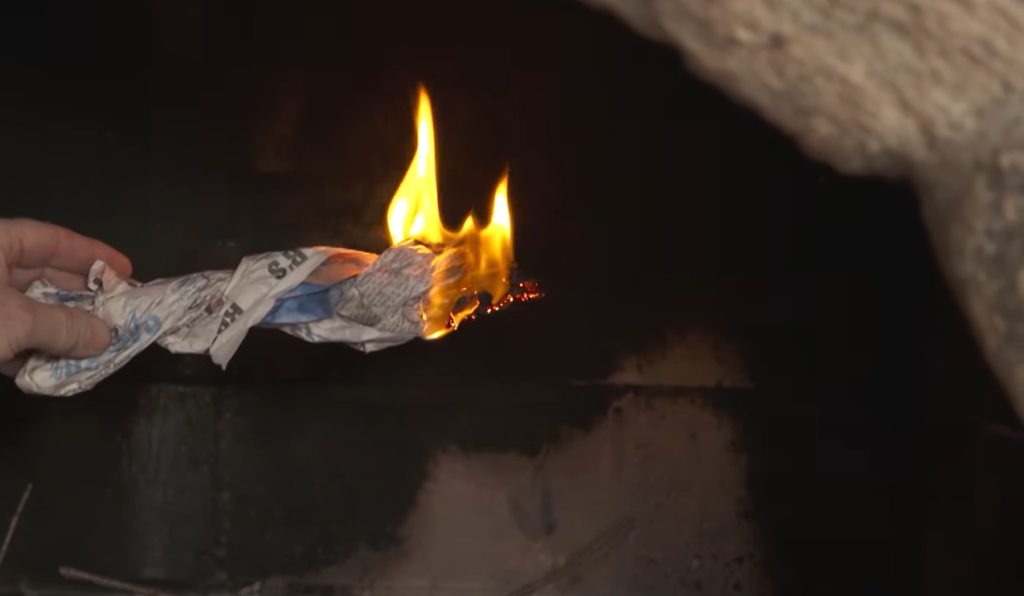
Here’s how they work:
A zero clearance fireplace has a metal box that contains the fire. The box is usually made of steel or aluminum and is insulated to keep the heat in. There’s a grate in the bottom of the box where the wood burns, and a chimney above it that carries the smoke and fumes out of your home.
The key advantage of a zero clearance fireplace is that it doesn’t require any special construction. You don’t need to build a chimney or anything else – just install the fireplace according to the manufacturer’s instructions and you’re good to go.
Another advantage is that they’re relatively easy to install. Most models come with everything you need, including the metal box, fire grate, chimney, and flue. All you have to do is follow the instructions and hook it up to an electrical outlet.[5]
The Benefits of Zero Clearance Fireplaces
If you’re looking to add a fireplace to your home, you may be wondering what type of fireplace is best for you. One option you may want to consider is a zero clearance fireplace. Zero clearance fireplaces offer many benefits, including:
- They can be installed almost anywhere in your home
- They’re more energy efficient than traditional fireplaces
- They don’t require a chimney[5]
What is a Rumford fireplace?
A Rumford fireplace is a type of masonry fireplace that is characterized by its tall, narrow shape and slanted back wall. It was invented in the late 18th century by English architect Sir Benjamin Rumford, and it quickly became popular for its efficiency and clean-burning properties.
Today, Rumford fireplaces are still prized for their ability to produce a hot, intense fire with very little smoke or residue. They are also relatively easy to build, which makes them a popular choice for do-it-yourselfers.[3]
Slab
The next step is to build the slab. A fireplace slab is a concrete pad that sits on top of the footing. The fireplace will sit on this slab. To build the slab, you will need:
- concrete mix
- rebar
- a level
- a trowel
- a float
- edging tool.
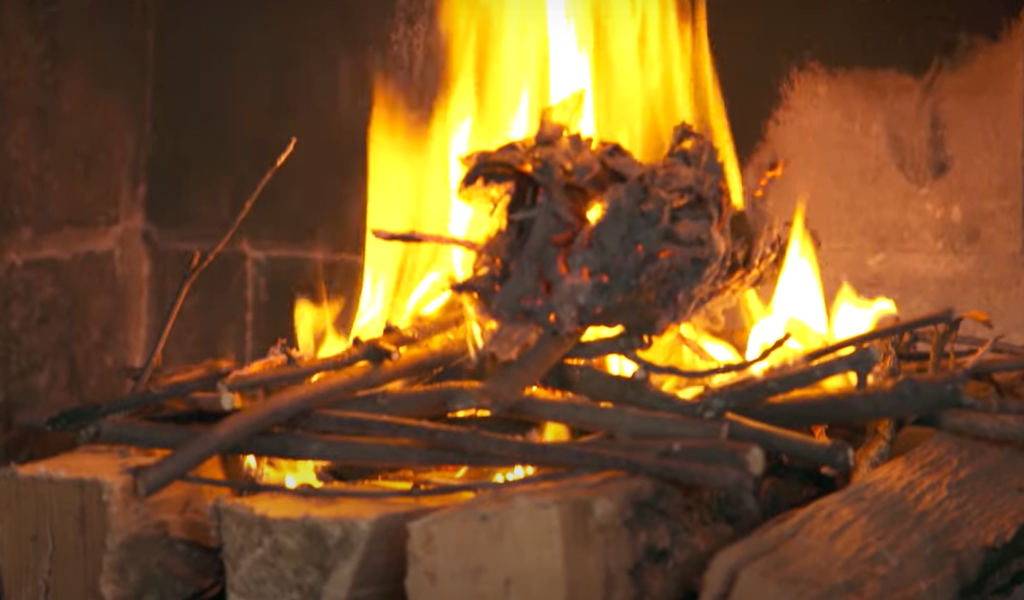
First, mark out the area where the slab will be. Then, mix the concrete and pour it into the area. Use the rebar to reinforce the concrete. Then, use the edging tool to create smooth edges around the perimeter of the slab. Finally, use the float to create a smooth surface on top of the concrete.[3]
Base Layout
The first step is to determine the base layout of your fireplace. You will need to factor in the size of the room, as well as any existing chimneys or vents. Once you have a general idea of the layout, you can begin planning the specifics of your design.
Some things to keep in mind during this stage include:
- The height of the fireplace opening.
- The width of the firebox.
- The depth of the firebox.
- The type of fuel you will be using (wood, gas, etc.).
- Any special features you would like to include (a mantel, surround, hearth, etc.).
Laying Brick – Base
The next step is to lay the brick for the base and facade of the fireplace. This can be done with a mortar mix or you can use prefabricated panels.
Once the brick is in place, you will need to wait for it to dry completely before continuing.If you are using prefabricated panels, simply attach them to the frame of the fireplace using screws or nails. Again, be sure to wait for everything to dry completely before moving on.
Wall Layout
- Start by creating a wall layout. This will help you determine the size and shape of your fireplace.
- Use a tape measure to find the center of the room where you’ll be placing your fireplace. Measure out from this point to find the width and height of your desired fireplace.
- Draw a rectangle on the wall using these measurements. This will be the rough outline of your future fireplace.
Laying Brick – Walls
Now that you have your foundation in place, it’s time to lay brick. For this part of the process, you’ll need:
- Bricks
- Trowel
- Mortar mix
- Water hose
- Level
- Scaffolding (optional)
Start by mixing your mortar according to the package directions. Then, begin applying it to the bricks with your trowel, working from the bottom up. As you lay each brick, use the level to make sure it’s even with the others. Once all the bricks are in place, allow the mortar to dry for 24 hours before continuing to the next step.
Tapering The Back Wall
The back wall of the fireplace needs to be tapered so that the fire will draw properly. The amount that the back wall should be tapered will depend on the height and width of the fireplace. A good rule of thumb is to taper the back wall by one inch for every foot of height. So, if your fireplace is eight feet tall, you would need to taper the back wall by eight inches.
To begin tapering the back wall, mark a level line across the top of the rear bricks using a pencil and a straight edge. This will be your starting point. Then, using a masonry saw or angle grinder fitted with a masonry blade, cut along this line until you have removed all of the bricks.
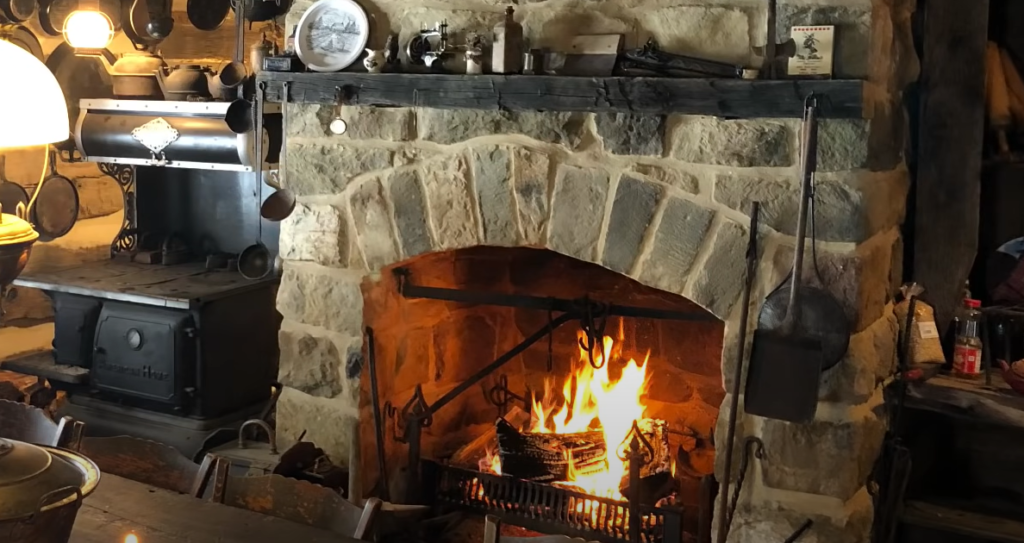
Next, using a cold chisel and hammer, remove any mortar that is left on the bricks. Be sure to wear safety goggles and gloves when doing this.
Once all of the mortar has been removed, begin tapering the back wall by cutting off the corners of the bricks with the masonry saw or angle grinder. Start at the top and work your way down. When you get to the bottom, you may need to use a sledgehammer to break off the last few inches of brick.
After you have tapered the back wall, it’s time to start rebuilding it. Begin by laying down a layer of firebrick that is level with the top of the opening. Then, add a layer of mortar and begin laying the bricks in a staggered pattern.
Continue adding layers of firebrick and mortar until you reach the desired height. Be sure to check that the back wall is still level as you go.
Once you have reached the desired height, it’s time to add the mantel. The mantel can be made from wood, stone, or brick. If you are using wood, be sure to choose a species that is resistant to rot and insects.
Stone and brick mantels can be either pre-made or custom built. If you are going with a premade mantel, be sure to measure the opening of your fireplace before purchasing so that you get one that fits properly.
Wood-Burning vs. Gas Fireplace
The next step is deciding what type of fireplace you want. The two most common types are wood-burning and gas. Wood-burning fireplaces are the more traditional option and use, you guessed it, wood as fuel. Gas fireplaces, on the other hand, use either natural gas or propane to create flames.
There are a few key differences between wood-burning and gas fireplaces that you should take into account before making a decision. Firstly, wood-burning fireplaces require more maintenance than gas models. You’ll need to regularly clean out the ashes and soot that build up in the fireplace itself as well as in the chimney. Gas fireplaces, on the other hand, don’t produce any ashes or soot.
Another key difference is that wood-burning fireplaces are less efficient than gas models.
The rest goes up the chimney.Finally, it’s worth considering the cost of each type of fireplace. The initial investment for a wood-burning fireplace is usually lower than for a gas model. However, you’ll need to factor in the cost of buying wood as well as the yearly maintenance costs. Gas fireplaces typically have higher upfront costs but lower long-term costs.
[2]
Types of Gas Fireplaces
Insert
Fireplaces come in a couple of different types, and each has its benefits. The most common type is the insert, which as the name suggests, is inserted into an existing fireplace. If you have a wood burning fireplace that you never use, or one that’s not very efficient, an insert is a great option. They’re also less expensive than other options and relatively easy to install.

There are two main types of inserts: gas and electric. Gas inserts are more expensive to install but offer more heat output and are better at heating large spaces. Electric inserts are less expensive to install but don’t produce as much heat.[4]
Log sets
Log sets are the easiest way to get that perfect fireplace look. You can find them in a variety of materials, including concrete, stone, and brick.
There are a few things to keep in mind when choosing a log set. First, make sure the logs are the right size for your fireplace. They should be no more than six inches shorter than the width of your fireplace opening. Second, choose a material that will complement your home’s style. Stone and brick logs sets will give your fireplace a more traditional look, while concrete logs will give it a more modern feel. Finally, make sure you get a log set that comes with everything you need for installation, including an insert and grate.[4]
Built-In
A built-in fireplace is a great option if you’re looking for a more permanent solution. They’re installed during the construction of your home or as part of a home renovation. Built-in fireplaces come in both gas and electric models.
One thing to keep in mind with built-in fireplaces is that they require professional installation. This means that they can be quite expensive. However, they offer a number of benefits, including increased heat output and better efficiency.
Alternatives to Logs
Stone
If you’re looking for a more permanent solution, stone is a great option. You can find stone at any home improvement store, and it’s easy to work with. Stone is also very durable, so you won’t have to worry about it breaking down over time.
Another great thing about stone is that it doesn’t absorb moisture like wood does. This means that your fireplace will be less likely to develop mold or mildew.
If you choose to use stone, there are a few things to keep in mind. First, make sure that the stones you select are fire resistant. Second, when you’re installing the stones, be sure to leave enough space between each one for air to circulate.
Finally, if you’re using a stone fireplace, you’ll need to have it inspected by a professional before you use it. This is because stone can crack if it’s not installed correctly.[4]
Coal
If you’re looking for an alternative to logs, coal is a great option. Coal burns hotter than wood, so it’s perfect for those cold winter nights. Plus, it’s easy to find and relatively inexpensive.
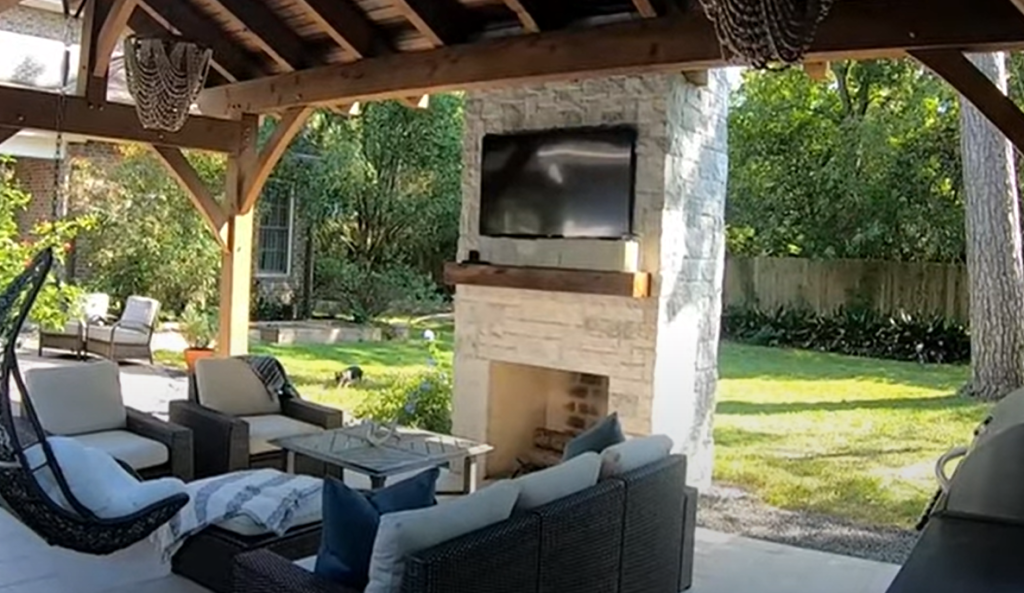
To use coal in your fireplace, simply place it in the firebox on top of the grate. You’ll need to add more coal every few hours to keep the fire going, but other than that, it’s pretty low maintenance.
Just be sure to use caution when handling coal, as it can be dangerous if not used properly.
Glass
If you’re using your fireplace mainly for decoration, you may want to consider investing in a glass door. Glass doors not only look great, but they also help to keep the fire contained and prevent sparks from flying out into the room.
There are a few things to keep in mind when choosing a glass door for your fireplace:
- Make sure the door is big enough to fit your fireplace opening.
- Choose a door with a tight seal to prevent heat loss.
- Look for a door with tempered glass, which is less likely to shatter if it gets too hot.
Reasons to Choose Gas
If you’re looking for a reason to choose gas over wood, there are plenty.
It’s also less expensive and produces less smoke.But there are some drawbacks to gas that you should be aware of before making your decision. Gas fireplaces require ventilation, so they can’t be used in a power outage. And they’re not as cozy or romantic as a wood-burning fireplace.
Is a Vented or Ventless Gas Fireplace Better?
The debate between vented and ventless gas fireplaces has been going on for years. Each type of fireplace has its own set of pros and cons. Here are a few things to consider when deciding which type of fireplace is right for you:
- Vented gas fireplaces are more expensive to install than ventless gas fireplaces.
- Vented gas fireplaces require a chimney in order to work properly. This means that they can only be installed in homes that already have a chimney.
- Ventless gas fireplaces do not require a chimney and can be installed in any home, regardless of whether or not it has a chimney.
- Vented gas fireplaces are more energy-efficient than ventless gas fireplaces.
- Vented gas fireplaces produce more heat than ventless gas fireplaces.
- Ventless gas fireplaces are easier to install than vented gas fireplaces.
Building a Gas-Burning Fireplace
If you want to install a gas-burning fireplace, there are a few things you need to know before starting your project. First, you’ll need to decide what type of gas fireplace insert you want. There are two main types of inserts: direct vent and natural vent. Direct vent inserts have a sealed combustion chamber that vents directly to the outside through a small hole in the wall. Natural vent inserts rely on air from inside your home to fuel the fire, so they require more ventilation than direct vent inserts.
Once you’ve decided on the type of insert you want, it’s time to start planning the installation process. The first step is to create a foundation for your fireplace. This can be done by pouring concrete footings or by installing a metal firebox. Next, you’ll need to install the gas line. This is usually done by a professional, but if you’re experienced with plumbing, you may be able to do it yourself.
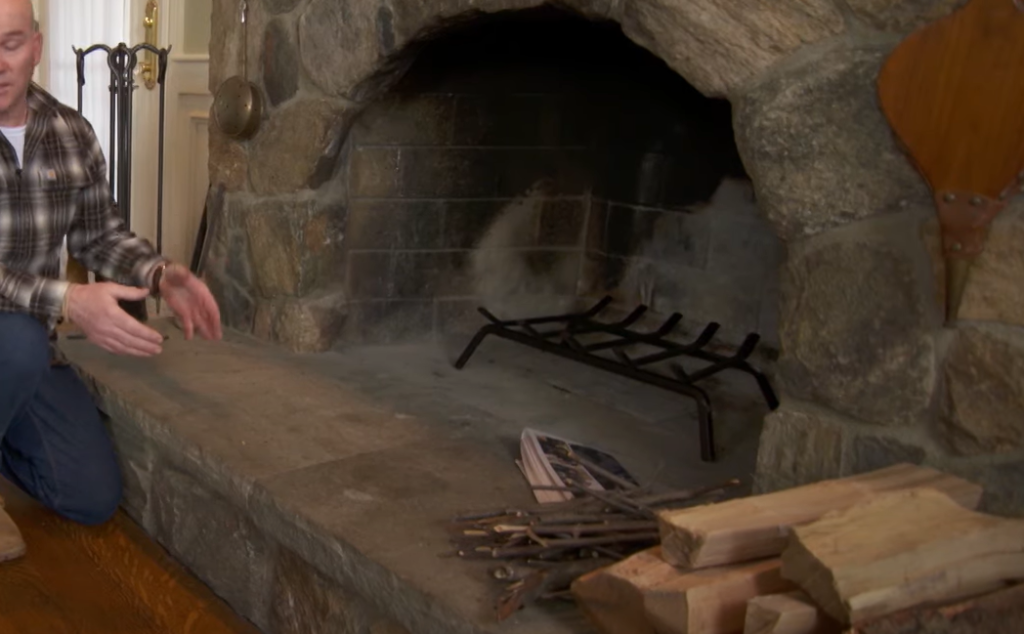
After the gas line is installed, it’s time to install the insert. This is best done by a professional, but if you’re confident in your abilities, you can try it yourself. The final step is to add finishing touches to your fireplace, such as stone or brick veneer. With a little planning and effort, you can build a beautiful and functional gas fireplace that will add value to your home.[1]
Where to Place a Gas Fireplace in Your Home
If you’re looking to add a gas fireplace to your home, there are a few things you’ll need to take into consideration before making your purchase. One of the most important decisions you’ll need to make is deciding where to place your new fireplace.
There are a few different factors that will come into play when making this decision, such as the size and layout of your room and the overall style of your home. But with a little bit of planning, you should be able to find the perfect spot for your new gas fireplace.[3]
How to Build a Fireplace: Step-by-Step Guide
If you’re planning to build an indoor fireplace, follow this comprehensive step-by-step guide. The table provides detailed instructions, materials, estimated time, and the level of difficulty for each step.
| Step | Task | Materials Needed | Tools Required | Estimated Time | Difficulty Level |
|---|---|---|---|---|---|
| Step 1 | Choose a Location | Fire-resistant bricks, firebox components | Measuring tape, stakes | 2 hours | Easy |
| Step 2 | Prepare the Foundation | Concrete, reinforcing mesh | Shovel, level, trowel | 2 days | Moderate |
| Step 3 | Build the Firebox | Firebrick, refractory mortar | Mason’s tools | 2 days | Moderate |
| Step 4 | Construct the Chimney | Chimney flue, chimney cap | Chimney liner kit, ladder | 2 days | Moderate |
| Step 5 | Add a Mantel and Surround | Wood, stone, or tile for the mantel and surround | Saw, screws, tile adhesive (if applicable) | 1-2 days | Moderate |
| Step 6 | Install a Fireplace Insert | Fireplace insert unit | Screwdriver, pliers | 1 day | Moderate |
| Step 7 | Finish with Paint or Veneer | Fireplace paint or veneer materials | Paintbrush, trowel (if using veneer) | 1-2 days | Moderate |
| Step 8 | Install a Fireplace Door | Fireplace glass doors | Screwdriver, glass cleaner | 2-3 hours | Easy |
| Step 9 | Fire Safety Check | Fire extinguisher, smoke and carbon monoxide detectors | None | 1 hour | Easy |
Explanation of the Table:
This table provides a detailed step-by-step guide for building an indoor fireplace. It includes information on the tasks to be completed, materials needed, tools required, estimated time for each step, and the difficulty level. Following these steps will help you build a safe and functional fireplace.
FAQ
Is it hard to build a fireplace?
It really depends on your level of expertise and comfort with tools. If you’re the type of person who likes to take on home improvement projects, then building a fireplace shouldn’t be too difficult. However, if you’re not confident in your abilities, it might be best to hire a professional.
What type of brick is used for chimneys?
There are several types of bricks that can be used for a fireplace, but the most common type is fire brick. Fire bricks are made from clay and are designed to withstand high temperatures. They’re usually red or orange in color and have a smooth surface. Other types of bricks can be used for the outer shell of the fireplace, but fire bricks should always be used for the inner liner.
How much does it cost to add a fireplace to a house?
The average cost to add a fireplace to a home is $2000. This includes the cost of materials and labor. The type of fireplace you choose will affect the overall cost. For example, an electric fireplace will cost less than a gas fireplace.
Do fireplaces add value to your home?
A fireplace is definitely a selling point in any home. It adds both curb appeal and value to your property.
If you are planning on selling your home in the future, a fireplace could be a great investment.
Can you build a fireplace in an existing house?
If you’re considering adding a fireplace to your home, you may be wondering if it’s possible to build a fireplace in an existing house. The answer is yes! It is possible to build a fireplace in an existing house, but there are a few things you need to take into consideration before starting the project.
Can you add a fireplace without a chimney?
If you’re considering adding a fireplace to your home but don’t have a chimney, don’t worry! You can still add a fireplace without a chimney. There are a few different ways to do this, and we’ll go over some of the most popular methods below.
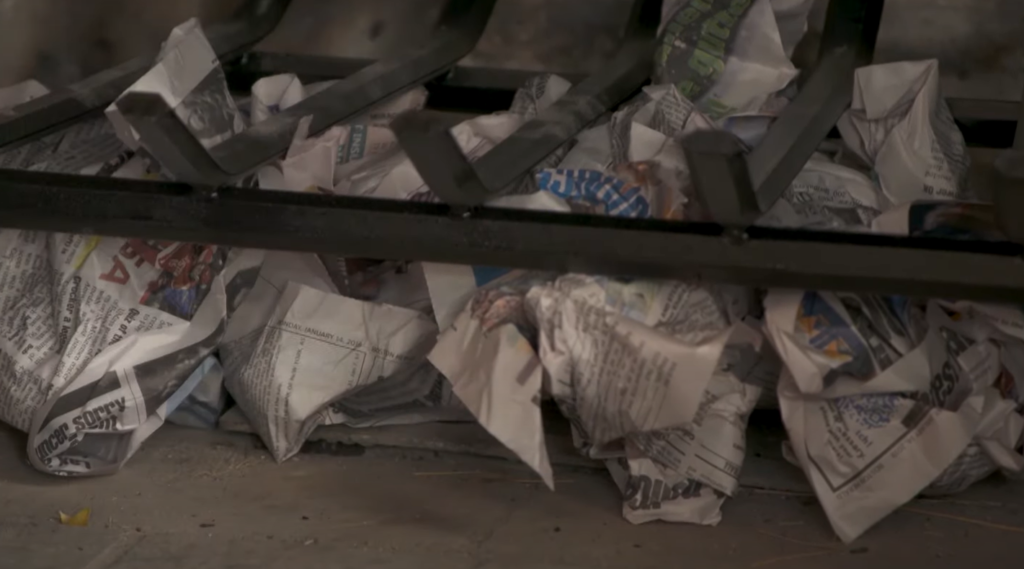
One popular method is to build what’s called a false chimney breast. This involves creating a frame around the fireplace opening that extends up to the ceiling. The frame is then covered with drywall or plasterboard and finished off with trim. This creates the illusion of a traditional chimney breast, even though there isn’t an actual chimney behind it.
What are the key considerations when planning to build a fireplace in a new home or renovation project?
When planning to build a fireplace, consider factors such as the type of fireplace (wood-burning, gas, electric), the location within your home, safety regulations, the chimney design, and your preferred aesthetic. Consult with a professional to ensure your fireplace meets all necessary codes and permits.
What is the basic construction process for building a masonry fireplace from scratch?
Building a masonry fireplace from scratch involves several steps. Start with the foundation, which typically includes a concrete footing. Then, construct the firebox using firebrick or refractory panels. Build the chimney above the firebox, ensuring it is properly designed for draft and smoke removal. Finish with the exterior façade, using materials like brick or stone.
How do you choose the right type of fuel for your fireplace, and what are the differences between wood-burning, gas, and electric fireplaces?
Selecting the right type of fuel for your fireplace depends on your needs and preferences. Wood-burning fireplaces offer a traditional, authentic experience but require more maintenance. Gas fireplaces are convenient and provide instant heat, while electric fireplaces are easy to install and cost-efficient. Choose the one that best suits your lifestyle and heating requirements.
Can you explain the safety measures and building codes that should be considered when constructing a fireplace?
Safety is paramount when building a fireplace. Follow local building codes and regulations, including clearance requirements from combustible materials, the proper construction of the chimney, and installation of safety features like spark arrestors, firestops, and chimney caps. Consult with a professional to ensure your fireplace complies with these guidelines.
What are some design considerations for customizing the appearance of a fireplace, including the choice of materials, finishes, and architectural elements?
Customizing the appearance of your fireplace involves choosing materials like brick, stone, tile, or stucco for the exterior finish. You can add architectural elements like a mantel, hearth, or decorative details to enhance the aesthetic. The design should complement your home’s style and your personal preferences.
How can you optimize the energy efficiency and heat output of a fireplace during construction?
To optimize the energy efficiency and heat output of your fireplace, consider using a fireplace insert, which can increase efficiency by providing better heat distribution. Make sure the chimney is properly insulated and has good draft. Installing glass doors can also improve efficiency by preventing heat loss up the chimney.
What is the role of ventilation and air supply in a fireplace, and how do you ensure proper airflow during construction?
Proper ventilation and air supply are crucial for a fireplace’s performance. Ensure your fireplace has sufficient air intake through vents or combustion air ducts to support combustion and prevent smoke spillage. Maintain a well-functioning damper to control airflow. It’s essential to consult with a professional to design the ventilation system correctly.
What maintenance and care is required for a newly constructed fireplace to ensure it functions efficiently and safely over time?
Newly constructed fireplaces require regular maintenance to remain efficient and safe. This includes cleaning the chimney, inspecting for damage, and scheduling professional chimney sweeps. Monitor the condition of firebrick and refractory panels, and address any issues promptly. Ensure proper storage and seasoning of wood if you have a wood-burning fireplace.
Useful Video: How to Build a Fireplace Fire | Ask This Old House
Conclusion
We hope this article has been helpful in answering some of your questions about how to build a fireplace. If you’re still not sure where to start, we recommend contacting a professional contractor who can help you plan and execute your project. Thanks for reading!
References:
- https://www.bobvila.com/articles/how-to-build-a-fireplace/
- https://www.thespruce.com/how-to-build-a-fireplace-5091584#
- https://www.finehomebuilding.com/2019/05/06/video-build-fireplace-brick-brick
- https://www.thisoldhouse.com/fireplaces/21018607/all-about-gas-fireplaces
- https://verticalchimney.com/blog/zero-clearance-fireplace/

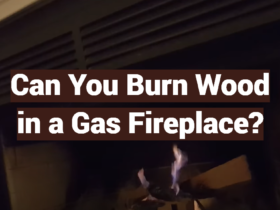
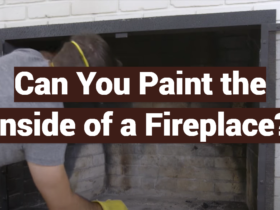
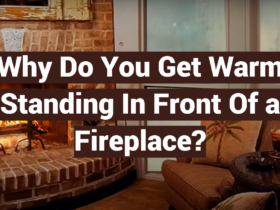
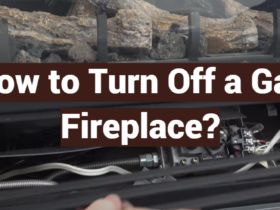
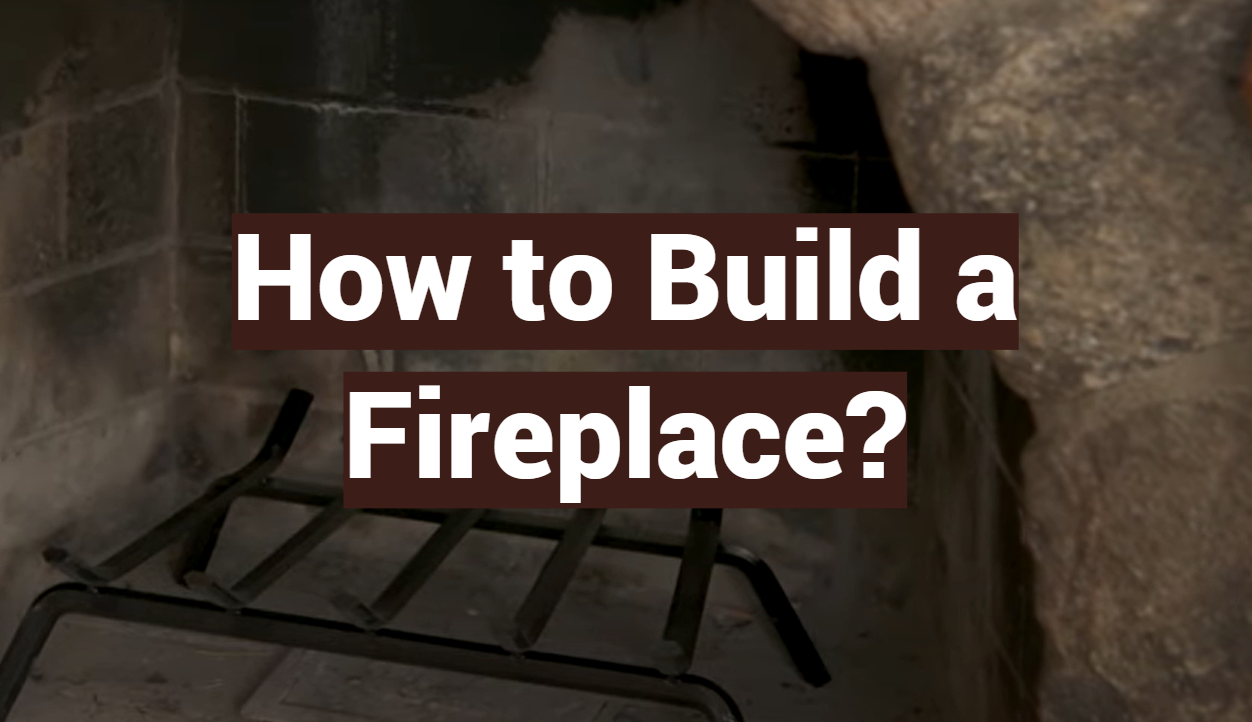

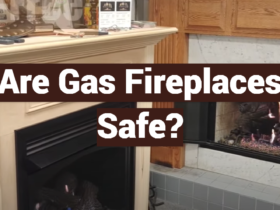
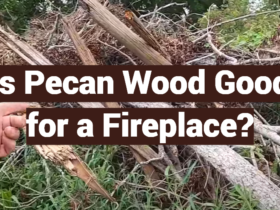
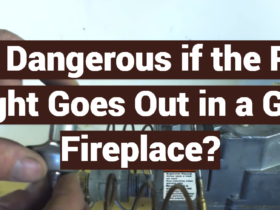
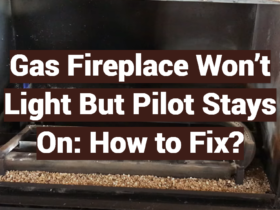
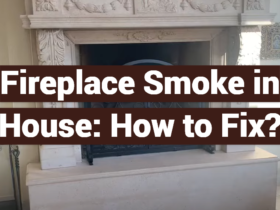

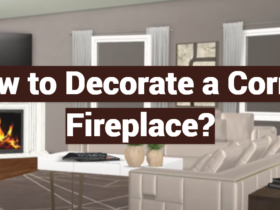
Leave a Review